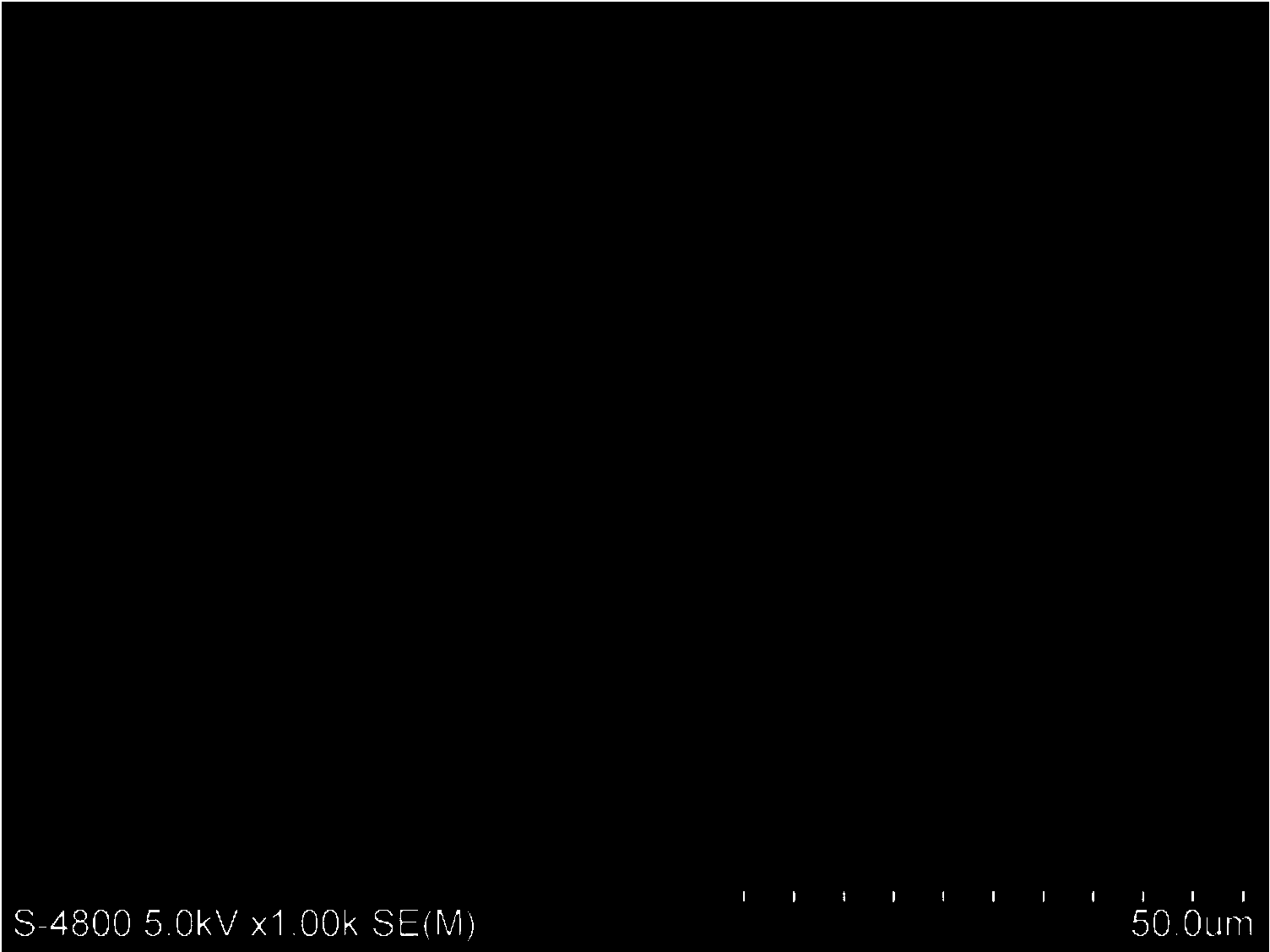Preparation method and application of silk bracket, and three-phase silk ligament graft and preparation method thereof
A graft and silk technology, which is applied in the fields of medical tissue engineering and tissue engineering ligament preparation, can solve the problems of unsatisfactory mechanical properties of part of the ligament, small porosity of silk fibers, mechanical failure, etc., and achieves improved biomechanical properties and is not easy to pull out. The effect of removing and avoiding stress concentration
- Summary
- Abstract
- Description
- Claims
- Application Information
AI Technical Summary
Problems solved by technology
Method used
Image
Examples
Embodiment Construction
[0053] The present invention will be further described below in conjunction with accompanying drawing.
[0054] An ideal tissue engineered ligament should have the following characteristics: ①The scaffold material has good biocompatibility; ②The tissue engineered ligament has sufficient mechanical strength and fatigue resistance; ③The maintenance time of the ligament strength must be long enough to benefit the ligament. Reconstruction; ④The ligament-bone junction needs to regenerate a typical four-layer structure of the ligament-bone junction (collagen fibers, fibrocartilage, calcified fibrocartilage, and bone), which is conducive to increasing the fixation strength of the ligament-bone junction and avoiding stress concentration; ⑤The seed cells can grow and proliferate on the scaffold material; ⑥The seed cells should be evenly distributed in the inner and outer layers of the ligament.
[0055] In order to meet the above requirements, biological reconstruction of tissue engine...
PUM
| Property | Measurement | Unit |
|---|---|---|
| pore size | aaaaa | aaaaa |
Abstract
Description
Claims
Application Information
 Login to View More
Login to View More - R&D
- Intellectual Property
- Life Sciences
- Materials
- Tech Scout
- Unparalleled Data Quality
- Higher Quality Content
- 60% Fewer Hallucinations
Browse by: Latest US Patents, China's latest patents, Technical Efficacy Thesaurus, Application Domain, Technology Topic, Popular Technical Reports.
© 2025 PatSnap. All rights reserved.Legal|Privacy policy|Modern Slavery Act Transparency Statement|Sitemap|About US| Contact US: help@patsnap.com



